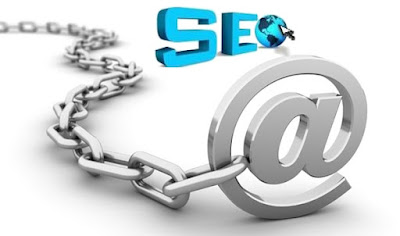What is anchor text?
Anchor text is the visible, clickable text in an Html hyperlink. It's the text between <a> and </a> in the html source code.
How to get around the trap of anchor text spamming?
Types of anchor text
(1) Exact-match
Anchor text is "exact match" if it includes a keyword that mirrors the page that is being linked to. For example: 'link building' linking to a page about link building.
(2) Partial-match
Anchor text that includes a variation of the keyword on the linked-to page. For example: 'link building strategies' linking to a page about link building.
(3) Branded
A brand name used as anchor text. For example: 'Apple' linking to an article on the Apple website.
(4) Naked link
A URL that is used as an anchor. For example: 'www.google.com' is a naked link anchor.
(5) Generic
A generic word or phrase that is used as the anchor. "Click here" is a common generic anchor.
(6) Images
Whenever an image is linked, Google will use the text contained in the image's alt attribute as the anchor text.
Best practices - SEO-friendly anchor text:
SEO-friendly anchor text is succinct and relevant to the target page.
- Succinct
- Relevant to the linked-to page
- Low keyword density (not overly keyword-heavy)
- Not generic
Keep in mind that you often don't have any control over the anchor text that other sites use to link back to your own content. So, most of these best practices will govern how to best use anchor text within your own website.
Succinct anchor text
While there isn't a specific length limit for anchor text, it's a good idea to keep your link text as succinct as possible. At the end of the day, though, the terms you choose to include in your anchor text should take two main factors into consideration:
- What is the most concise, accurate way to describe the linked-to page?
- What word or phrase would encourage users to click on a link?
Target page relevance
As search engines have matured, they have started identifying more metrics for determining rankings. One metric that stands out among the rest is link relevancy, or how related the topic of page A is to page B if one links to the other. A highly relevant link can improve the likelihood of both page A and page B ranking for queries related to their topic.
Link relevancy is a natural phenomenon that occurs when people link out to other content on the web. It is determined by:
- The topic of the source page
- The content of anchor text on that source page
Links that point to content related to the topic of the source page are likely to send stronger relevance signals than links pointing to unrelated content. For instance, a page about the best lattes in Seattle is likely to pass a better relevance signal to Google when it links to a coffee shop's website than it is when it links to a site with pictures of baby animals.
Search engines pay attention to the different anchor text variations being used to link back to the original article and use them as additional indicators of what that article is about - and for which search queries it might be relevant. This, in combination with natural language processing and other factors like link source and information hierarchy, make up the lion's share of link relevancy indicators online. To ensure your links send strong relevancy signals, keep your anchor text as descriptive of the target page as possible.
Anchor text keyword density
With the Penguin algorithm update, Google began to look more closely at keywords in anchor text. If too many of a site's inbound links contain the exact same anchor text, it can start to appear suspicious and may be a sign that the links weren't acquired naturally. In general, it's still a best practice to obtain and use keyword- and topic-specific anchor text when possible. However, SEOs may get better results by striving for a variety of more natural anchor text phrases rather than the same keyword each time.
Along those lines, one important note: Don't overdo it with keyword-heavy internal links. Internal linking is certainly a recommended best practice, but be careful with the anchor text you use to link your own pages together. If too many links to a page all use the same anchor text, even if they're on your own site, Google might sense spammy behavior.




